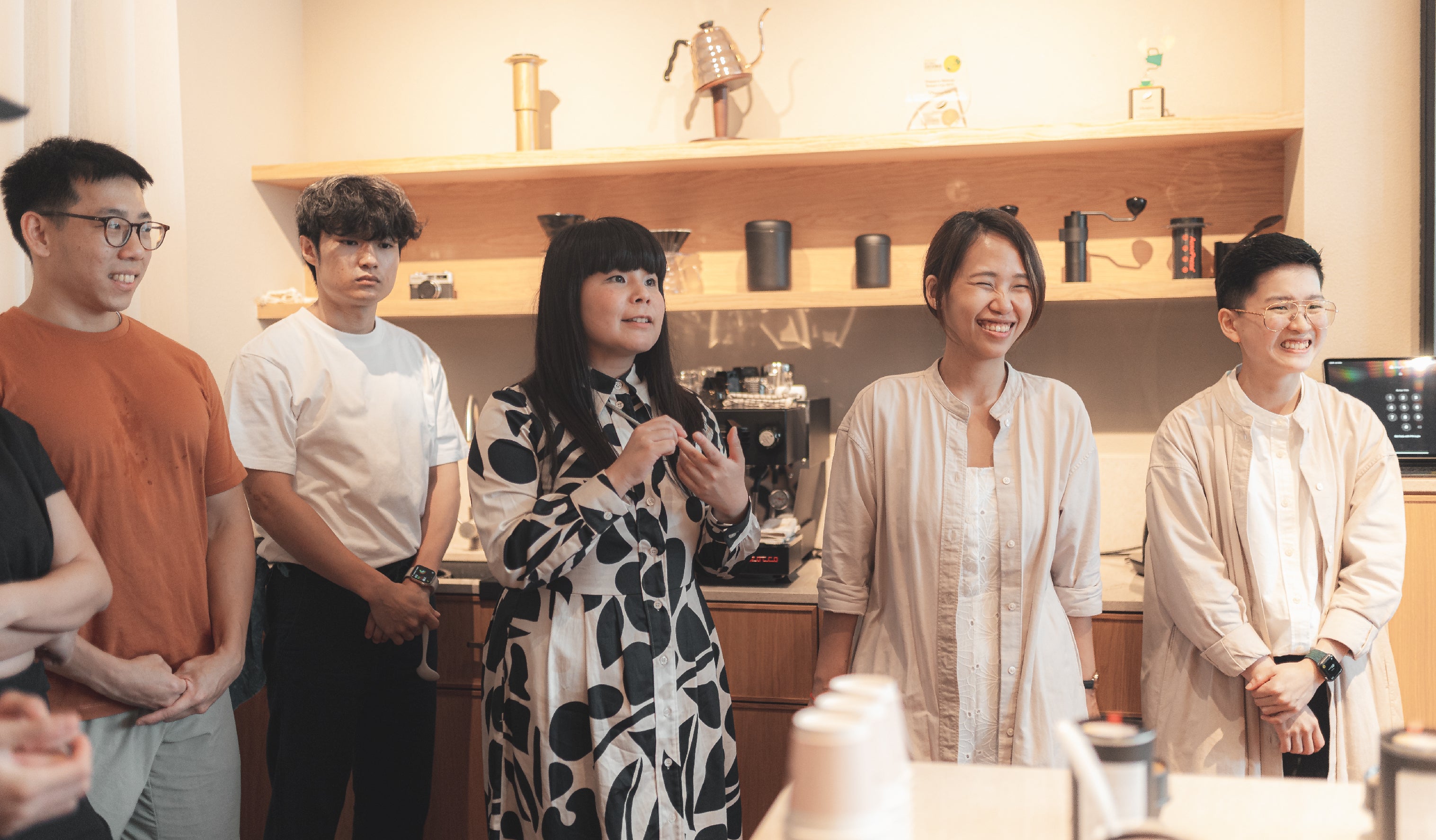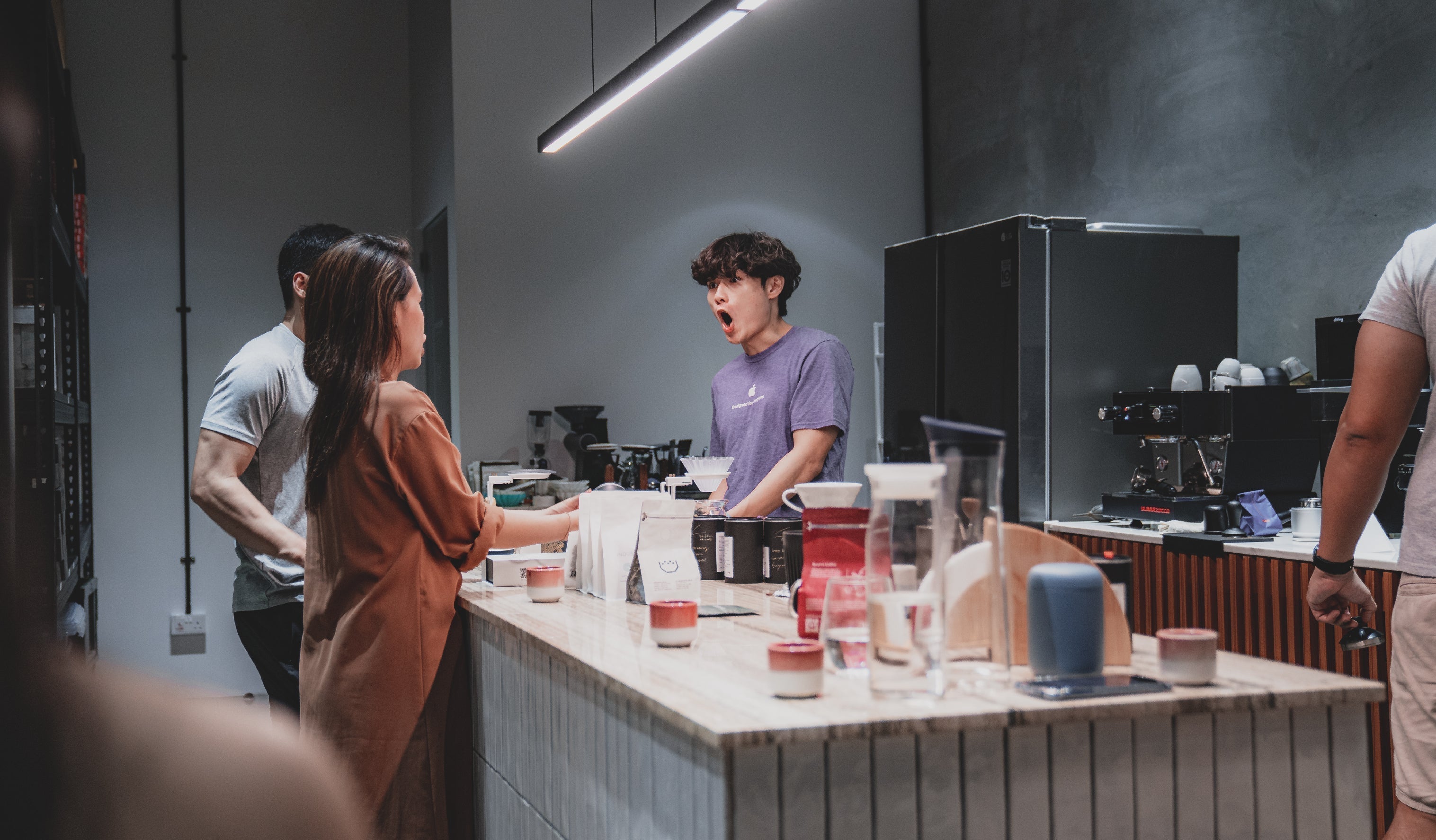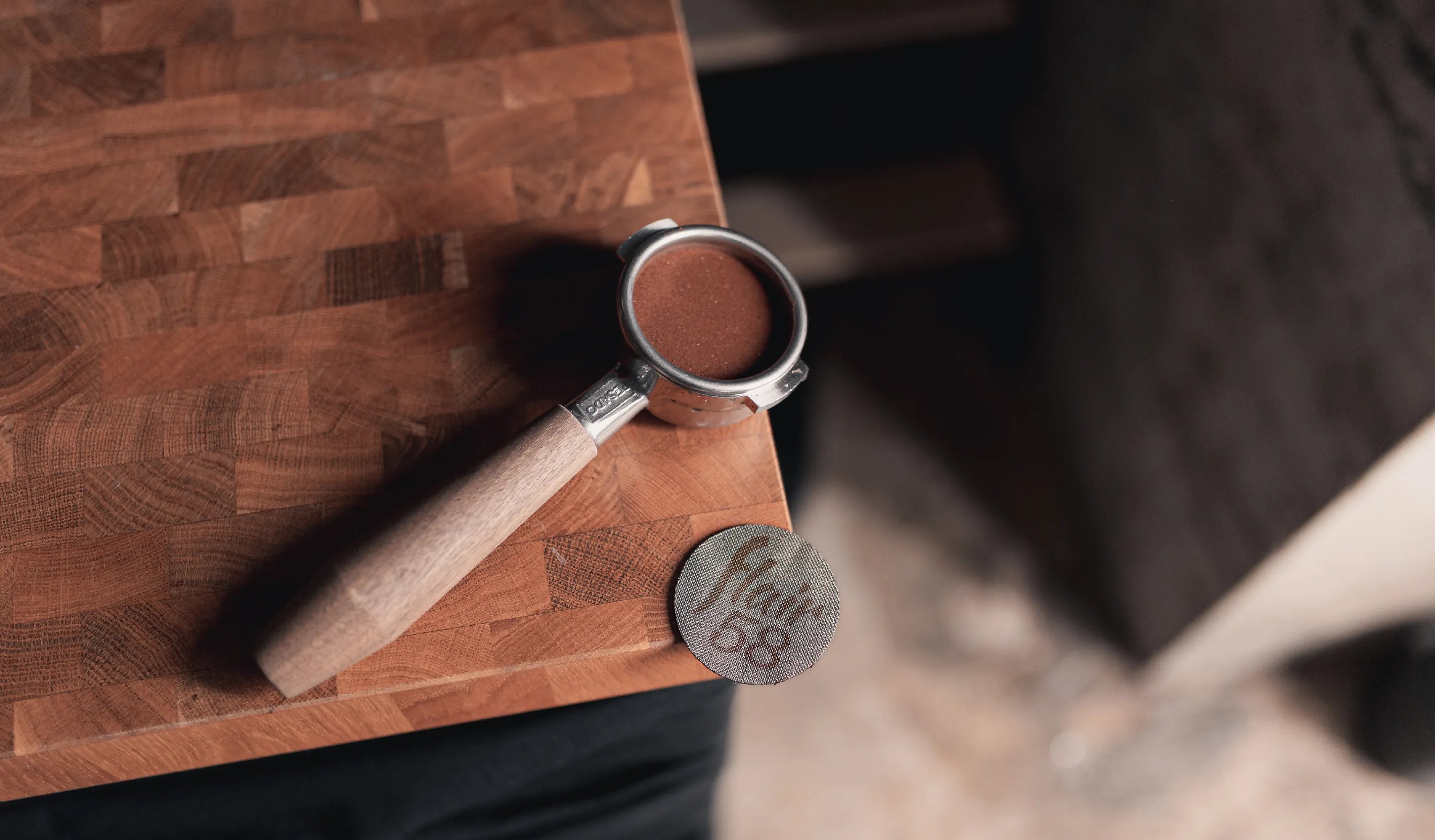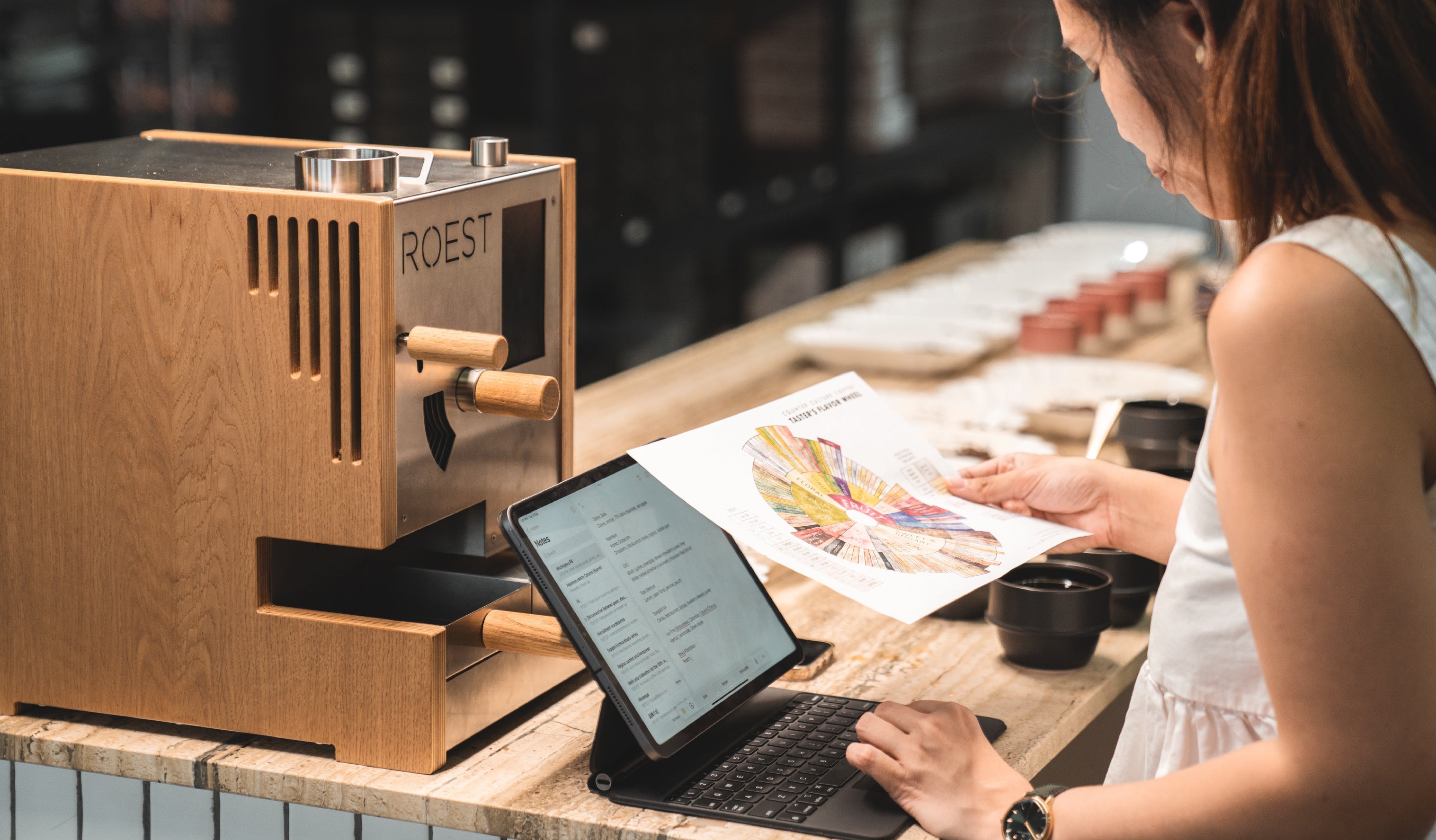Flavour wheels were conceptualized to serve as an intuitive guide for coffee drinkers to verbalise the profile of flavours that a coffee possesses. While by no means the only vocabulary used in describing coffee, flavour wheels are often used by coffee professionals to categorize and identify flavour profiles. Casual coffee drinkers can also utilise the flavour wheel, albeit more infrequently, to learn about the flavours that they experience from a cup of specialty coffee by codifying it to the flavour notes found in the wheel.
A few interpretations of the flavour wheel exist, with the two most prominent ones being the Coffee Taster’s Flavour Wheel and the Counter Culture Flavour Wheel.
Coffee Taster’s Flavour Wheel
Conceptualized by the Specialty Coffee Association (SCA) in collaboration with World Coffee Research, the Coffee Taster’s Flavour Wheel is the most commonly used flavour wheel infographic across the world. It first segments tasting notes using broad descriptors, further guiding the notes to more targeted categories before finally specifying a flavour attribute. The SCA leveraged on modern statistical methods to determine the clusters and levels of each flavour attribute and its placement in the Coffee Taster’s Flavour Wheel.
This flavour wheel is particularly great for its specificity of flavour attributes that draw reference from the World Coffee Research Sensory Lexicon – each flavour attribute that is mentioned can be reproduced with very specific everyday items, which allows any user to emulate the smell or taste the flavour note in question.
While well designed and highly detailed, the strengths of the Coffee Taster’s Flavour Wheel are also its weaknesses. Some of the flavour notes mentioned in the flavour wheel, as well as certain brands of everyday items referenced in the World Coffee Research Sensory Lexicon, are more commonly found only in Western countries and cultures, making them less accessible and relatable to coffee drinkers in other regions.
Counter Culture’s Flavour Wheel
A stalwart of the specialty coffee industry in the U.S., the latest iteration of Counter Culture Coffee’s Taster’s Flavour Wheel draws upon years of experience with cupping for a straightforward and easy-to-use flavour wheel for the everyday coffee drinker. It is unique in that it recognises the aspect of the body of a coffee as an attribute to identify for cupping, as well as groups of adjectives that are commonly put together to describe a certain type of coffee.
These aspects often interplay with one another, and experienced cuppers are able to factor in these aspects to identify inherent flavour attributes. For new coffee tasters, this flavour wheel helps direct their senses better to identify the group of descriptors on which they can communicate with others.
Counter Culture’s flavor wheel also explores the wide range of flavours that one may often experience with coffees, electing to show the flavour attributes that are most frequently encountered. It draws logical and intuitive distinctions between some flavour attributes such as the types of chocolates, or the myriad of grapes and citrus fruits, all of which are easily distinguishable by everyday coffee drinkers.
However, while the flavour attributes are a great mix of relatability and specificness, they are not founded in real life examples, unlike that of the World Coffee Research Sensory Lexicon. Certain flavour attributes may hence vary slightly when perceived by two different individuals, which may not make this flavour wheel the most consistent and replicable when cupping for the purpose of results.
At Homeground, we enjoy using the Counter Culture Coffee Taster’s Flavour Wheel for casual cuppings, as well as introducing cupping and flavour attribute identification to the larger coffee drinking community.
Innovations of the Flavour Wheel
To address the skewed representation of tastes and flavour attributes in the flavour wheels, one proposed approach is to consider the local contexts and produce localised flavour wheels that are easily relatable to coffee drinkers in that country.
In recent years, developments on the localisation of flavour wheels include those by Taiwan Coffee Laboratory and Gayo Cuppers Team in Indonesia, both of which released their respective versions that reference unique tastes found in each country.
Interestingly, the course of localisation is heavily impacted by local preferences for flavours. International specialty coffee drinkers may perceive notes such as spices, or hints of over-fermentation, as negative traits to coffee. However, in Indonesia, where a rich variety of spices are consumed as part of the local cuisine, these flavour notes are in fact, viewed positively when found in a cup of coffee.
Two Sides of the Same Coin
Considering the strengths of each design, it might be more appropriate to think of the choice of flavour wheels to be used as a matter of one for the right occasion.
In a local setting with everyday coffee drinkers or friends, it is often enjoyable to be able to identify local flavours that resonate with our companions with the use of localised flavour wheels. We have enjoyed coffees that have reminded us of laksa leaves, chrysanthemums, or even of jackfruits – flavours that often pique the interest of our local customers here in Singapore.
For coffee drinkers that are starting out on cupping coffees and learning about flavour attributes, Counter Culture Coffee Taster’s Flavour Wheel is a great starting point to aid one in describing a coffee in simple and easily relatable terms.
And finally, in an international context, or formalised settings where a common basis for communication is desired, the Coffee Taster’s Flavour Wheel from the SCA, with its highly specific and standardized flavour notes, is the most suitable choice.
At the end of the day, regardless of the preference for flavour attributes, the use of flavour wheels tie back to the same key purpose of being able to communicate with fellow coffee drinkers using the same lingua franca. Only when one masters the use of the flavour wheels to identify flavour attributes, can we finally then do what it had set us out to do – to drink, and to talk coffee.
Journal Archive

Milk in World Barista Competitions
An overview of milk concentration methods in coffee competition, focusing on freezing techniques that enhance milk's qualities for great coffee beverages.

How Coffee Cup Colours Affect Your Drinking Experience
Cross-modal perception of colours on the taste of coffee

Learning to enjoy more

Same Coffees Everywhere, All at Once
Why do local specialty coffee shops serve the same coffees?

A study of unexpected coffee production nations

A low down on using puck screens for espresso machines


